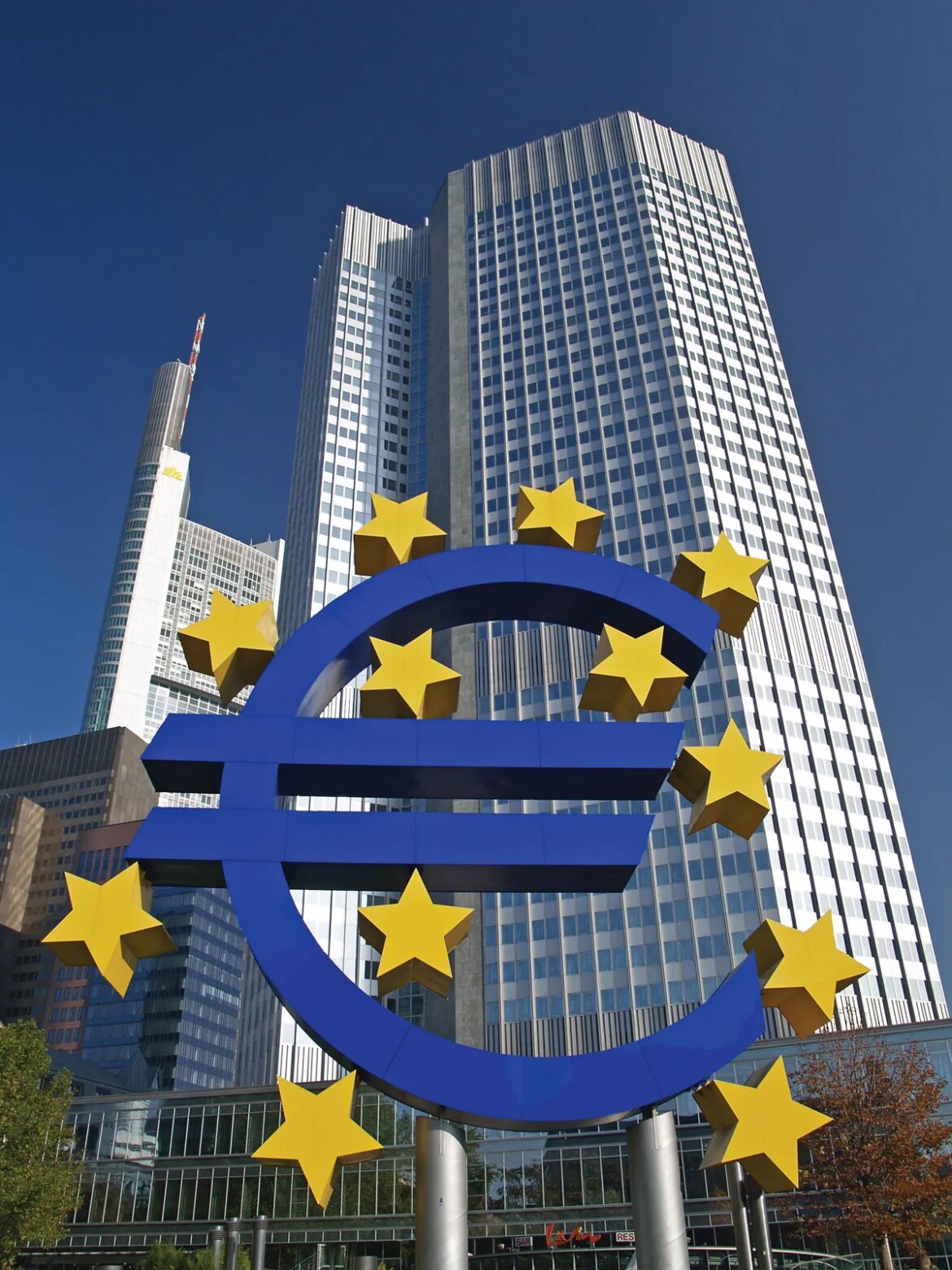European Central Bank (ECB)
The European Central Bank is the central bank for the euro and administers monetary policy of the Eurozone, which consists of 19 member states that have adopted the euro as their common currency. The ECB’s main objective is to maintain price stability in Europe by ensuring that inflation remains at a low level. It also contributes to financial stability throughout Europe and supports sustainable economic growth across all its Member States.
History
The ECB was established on 1 June 1998 following an agreement between countries participating in Economic and Monetary Union (EMU). Its headquarters are located in Frankfurt am Main, Germany. The initial capital stock of EUR 11 billion was provided by EU governments, with each country contributing according to its size within EMU relative to other countries. This capital structure reflects what has been termed ‘one-money’ solidarity among those countries using a single currency: it allows them collectively access global markets more efficiently than if they had retained separate currencies or used different exchange rates when trading internationally .
Governance Structure
Decision-making powers lie with both the Governing Council – composed of six members from national central banks plus heads of executive boards – and Executive Board comprising twelve members appointed/elected by Member States’ finance ministers for eight year terms renewable once only subject to approval by majority vote amongst full Council Members.. Decisions are taken based on consensus whenever possible but if this cannot be achieved then a simple majority will suffice; decisions so made become legally binding upon all parties involved though there may be minor differences between voting outcomes depending upon whether it involves setting interest rate levels or related matters such as quantitative easing programmes etcetera .
Functions & Responsibilities
As well as managing monetary policies designed to keep prices stable across Europe ,the ECB carries out banking supervision via two committees – Supervisory Board responsible for prudential oversight whilst Risk Management Committee focuses exclusively on operational risk mitigation measures ; additionally since 2002 it provides liquidity support facilities through Targeted Long Term Refinancing Operation scheme originally set up after subprime mortgage crisis emerged 2006 /7 . Finally beyond traditional functions associated with modern day central banking institution ,it acts interface organisation able coordinate dialogue between various bodies e g European Banking Authority ESMA EIOPA Securities Markets Authorities meaning can provide authoritative opinion regarding harmonisation securities regulations reduce barriers entry market foster competition encourage integration cross border services segmentation products even digital assets like cryptocurrencies examples Bitcoin Ethereum Ripple Litecoin etcetera thereby enhancing prospects several million citizens living within eurozone area who currently benefit greatly fulfilment Maastricht Treaty objectives signed 1992 ratification 1993 laying foundations current form unified continental economy we know today ..


